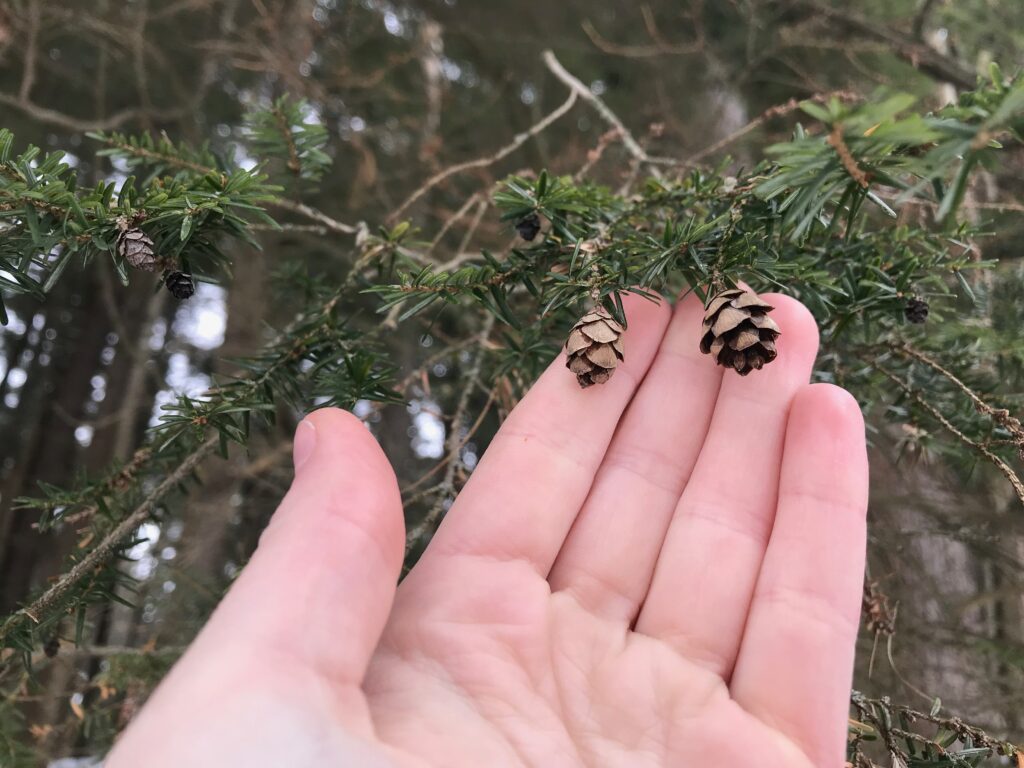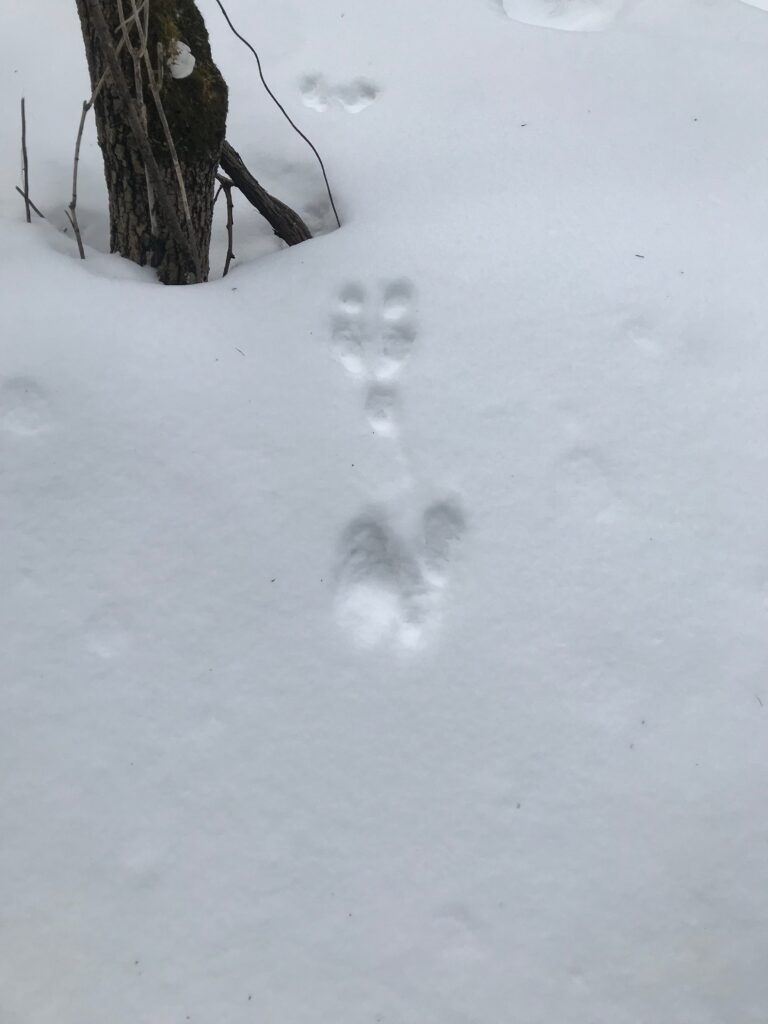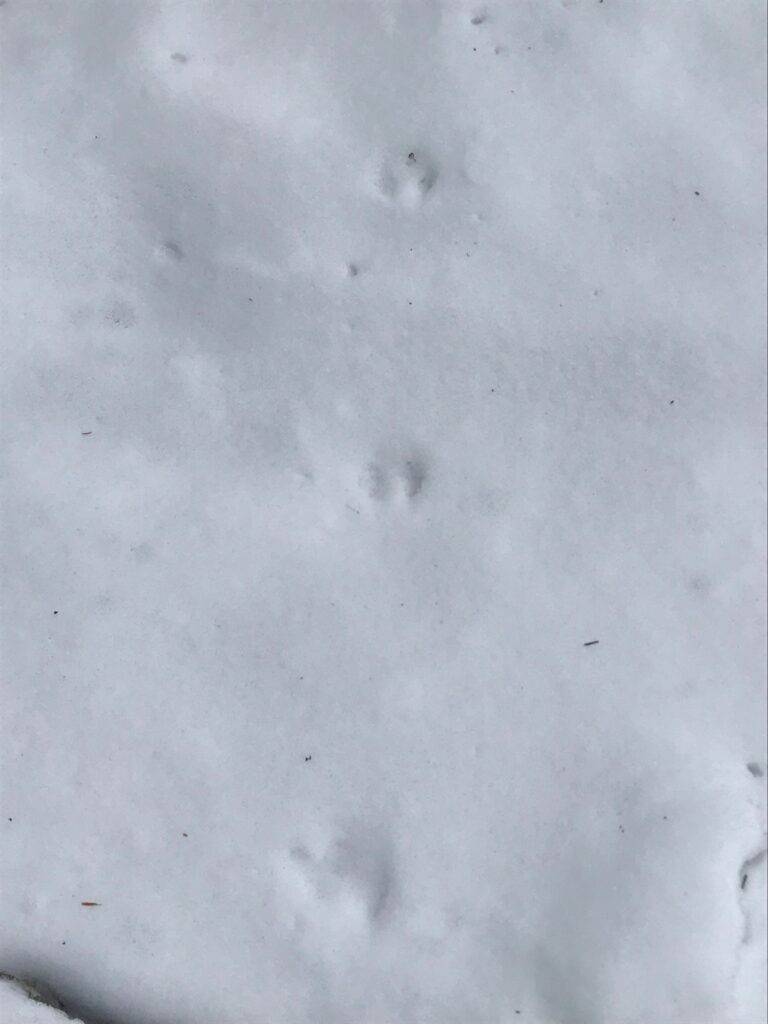Over spring break, I decided to visit the Attleboro Springs Wildlife Sanctuary managed by the Massachusetts Audubon Society. Over 100 years ago, these trails were once part of a sanitarium. Patients and caregivers would walk the trails in contemplation, looking for spiritual renewal and healing through nature. Today, there are open meadows were fruits and vegetables once grew in orchards and fields, and stone walls are still standing, showing where the designated trails once were.

My phenology spot was specifically an area of vernal pools along the trails. Unlike the stream in Centennial Woods, the vernal pools were mostly unthawed under the warm spring sun. I couldn’t find salamanders or toads around the water; the weather has not warmed up enough for them to come out of hiding and warm under the sun.
Around the pools were a mixture of white pines and red and white oak trees. The forest was densely packed with these pines and oaks, while Centennial Woods has maples, eastern hemlocks, and birches distributed throughout the forest.
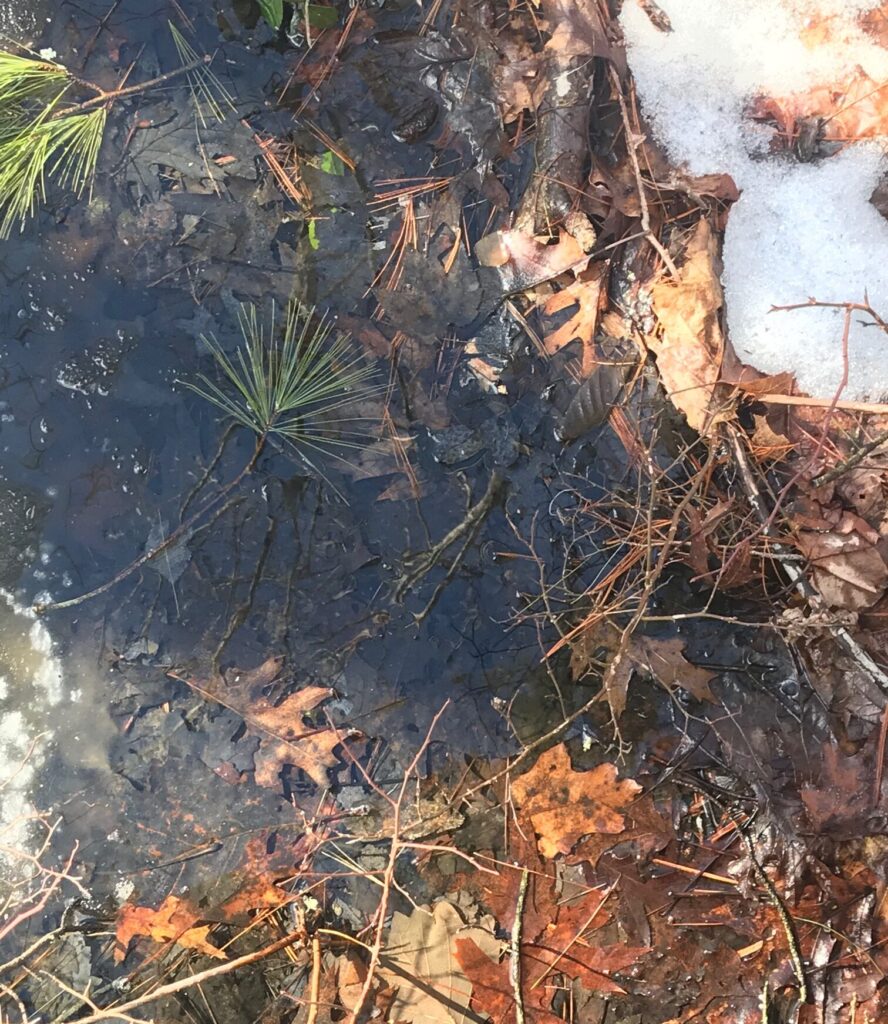
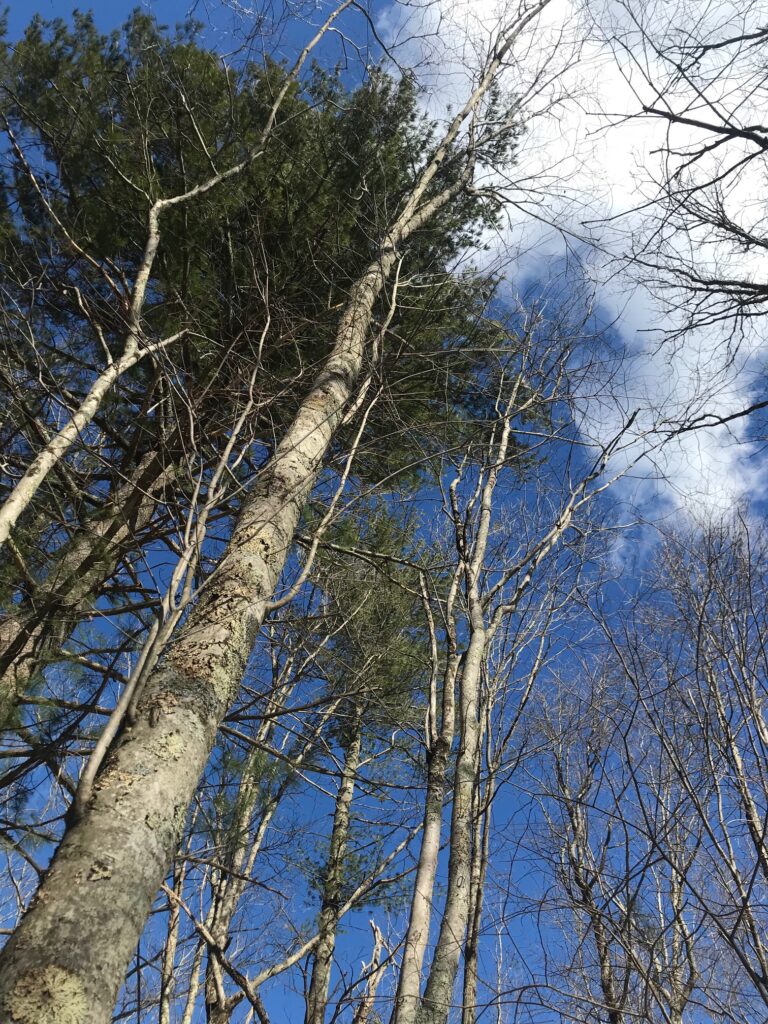
Similar to my experiences at my phenology site in Burlington, I was able to find tracks of a galloper atop the still frozen sections of the pools; based on the track length and stride, I believe this could be tracks of a cottontail rabbit.
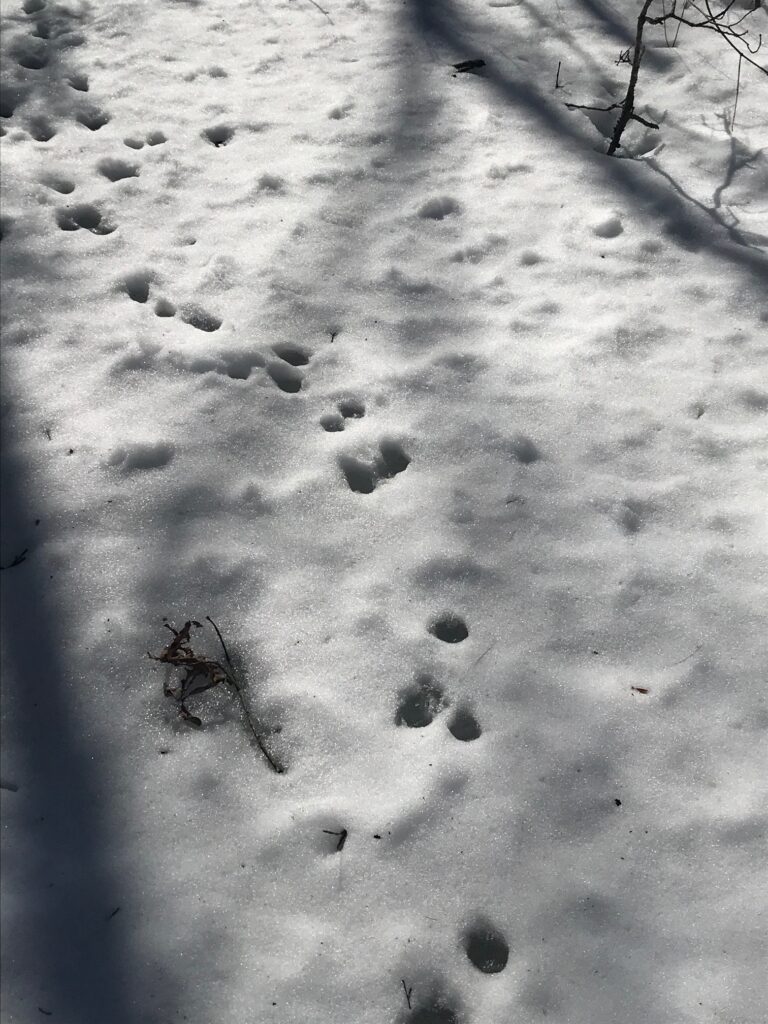
Just before leaving my site, I was greeted by a male cardinal hopping along the trail. I haven’t seen many birds in Centennial Woods except some crows a few months ago. The ecosystems of Centennial Woods and of the sanctuary as a whole are very similar with a mix of both wetlands and wildlands.
I’m excited to revisit the sanctuary again in May. Hopefully next time I will find some salamanders hiding under logs or sitting atop of rocks by the pools. They are one of my favorite animals!
